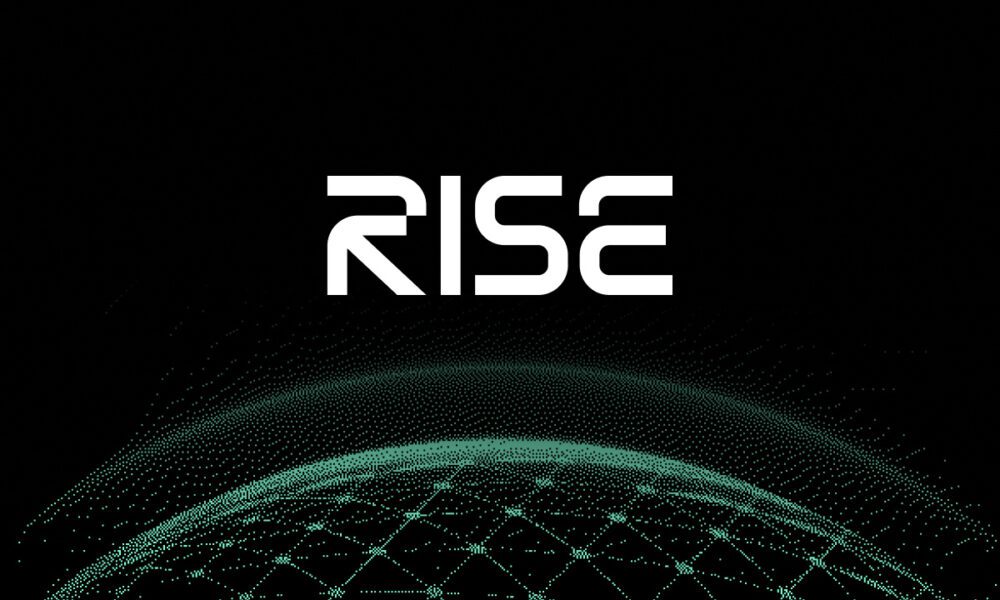In recent years, the world of cognitive enhancement has expanded far beyond caffeine and multivitamins. From nootropics like racetams and modafinil to emerging compounds like Methylene Blue (MB), people are seeking ways to improve focus, memory, and mental stamina. But how does Methylene Blue compare to traditional nootropics? Let’s dive into the science.
What Is Methylene Blue?
Methylene Blue is a synthetic compound first developed in the late 19th century as a dye. While originally used in medical settings for conditions such as methemoglobinemia and malaria, MB has recently gained attention for its potential neuroprotective and cognitive-enhancing properties.
At the cellular level, MB acts as a mitochondrial enhancer, improving cellular energy production by supporting electron transport in mitochondria. It also has antioxidant properties, helping to reduce oxidative stress—a key factor in cognitive decline and neurodegenerative diseases.
Traditional Nootropics: An Overview
Traditional nootropics include a wide range of compounds, both synthetic and natural, designed to enhance cognitive function. Some commonly used examples are:
- Racetams (Piracetam, Aniracetam):Believed to modulate neurotransmitters like acetylcholine to improve memory and learning.
- Modafinil:A prescription drug that promotes wakefulness and enhances executive function in sleep-deprived individuals.
- L-theanine + Caffeine:A natural combination that promotes alertness without jitters.
- Ginkgo Biloba:A plant extract traditionally used for memory support.
Most traditional nootropics work by modulating neurotransmitter activity, improving blood flow, or reducing mental fatigue, rather than directly influencing cellular energy production like MB.
Comparing Mechanisms of Action
The key difference between MB and many traditional nootropics lies in how they enhance cognition:
- Methylene Blue:Works at the cellular and mitochondrial level, potentially increasing energy production in neurons and reducing oxidative damage. Early research suggests MB may support long-term brain health, not just short-term cognitive boosts.
- Traditional Nootropics:Often act at the neurochemical level, modulating neurotransmitters such as acetylcholine, dopamine, or glutamate to enhance attention, memory, and mood. Their benefits are typically acute rather than neuroprotective.
This distinction is important. While many nootropics improve focus or alertness temporarily, MB may provide sustained support for mitochondrial function, which is crucial for overall brain longevity.
What Does the Evidence Say?
Methylene Blue
- Animal Studies:Research shows MB can enhance memory and learning in rodents at low doses. It appears to protect neurons against oxidative stress and improve mitochondrial efficiency.
- Human Studies:Small clinical trials suggest MB may improve cognitive performance in healthy adults and patients with mild cognitive impairment. For example, low doses (~0.5–4 mg/kg) have shown enhanced memory recall and processing speed without major side effects.
Traditional Nootropics
- Racetams:Evidence is mixed. Piracetam shows modest improvements in memory in elderly or cognitively impaired individuals, but benefits in healthy adults are less clear.
- Modafinil:Strong evidence supports improvements in wakefulness, attention, and executive function in sleep-deprived or clinical populations. Long-term effects in healthy users remain less studied.
- Natural Nootropics:Ingredients like ginkgo biloba or L-theanine provide mild cognitive enhancement, mostly in the domains of attention and mood.
Safety and Considerations
- Methylene Blue:Generally well-tolerated at low doses, but higher doses may cause nausea, dizziness, or serotonin interactions if combined with antidepressants.
- Traditional Nootropics:Safety varies widely. Modafinil is prescription-only and carries potential for insomnia or elevated blood pressure, while racetams have low toxicity but limited long-term human data. Herbal supplements are usually safe but may interact with medications.
Methylene Blue and traditional nootropics are not mutually exclusive. MB offers a unique mechanism by supporting cellular energy and neuroprotection, while conventional nootropics enhance cognition via neurotransmitter modulation.


















![Port 443 vs Port 80: How Do They Differ? [A Complete Guide]](https://techbullion.com/wp-content/uploads/2025/11/unnamed-34-300x180.png)
![Port 443 vs Port 80: How Do They Differ? [A Complete Guide]](https://techbullion.com/wp-content/uploads/2025/11/unnamed-34-80x80.png)









